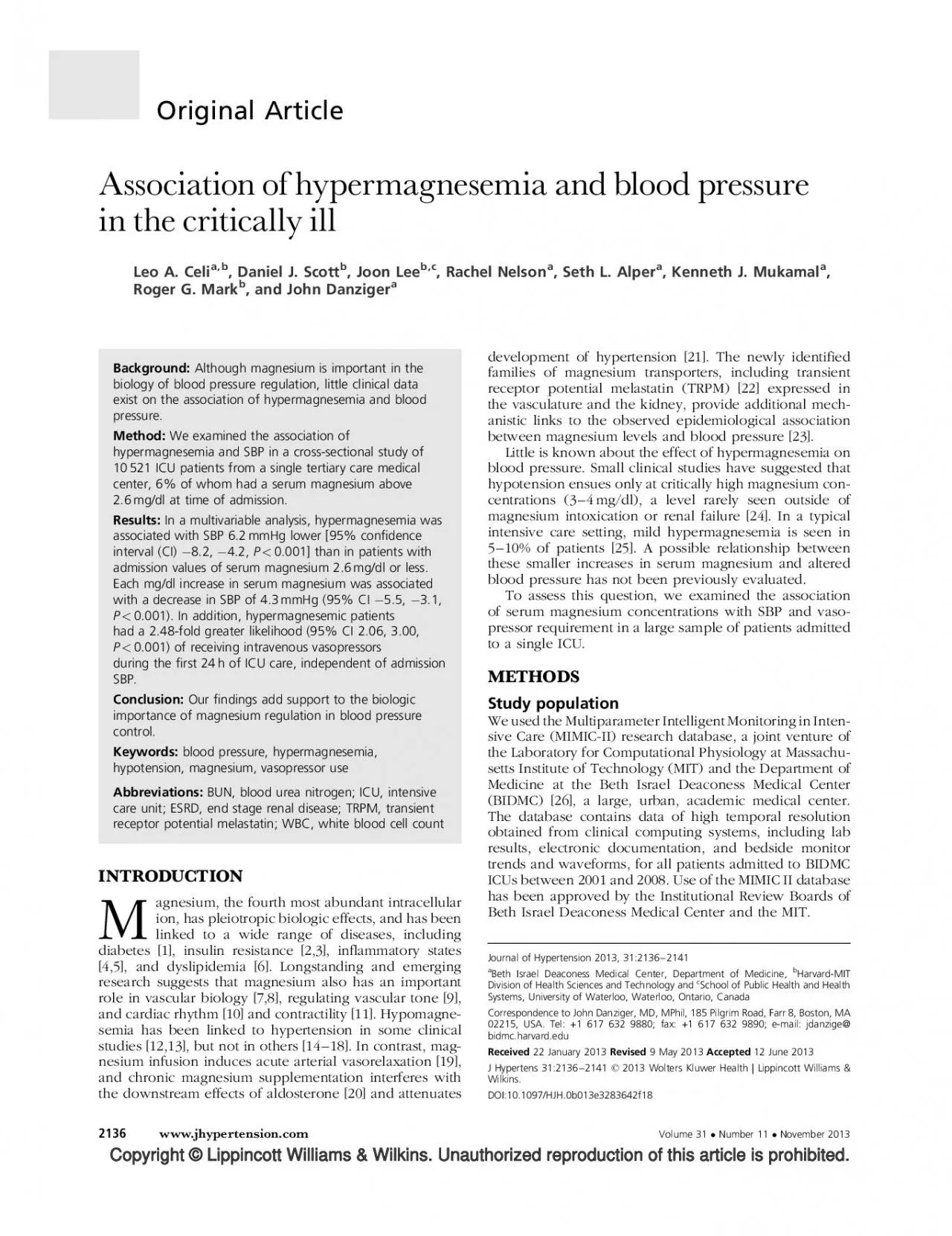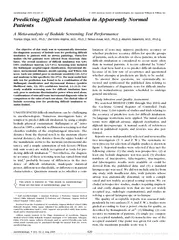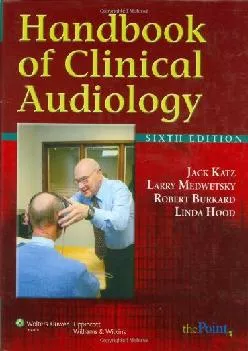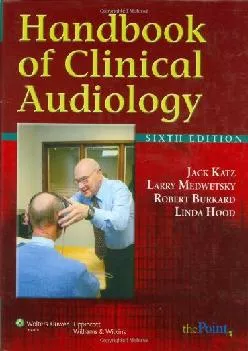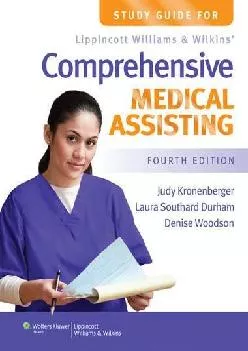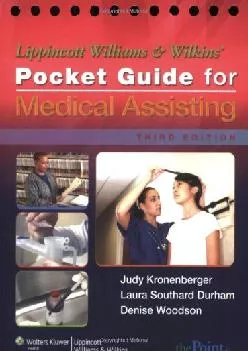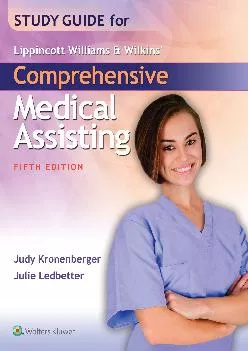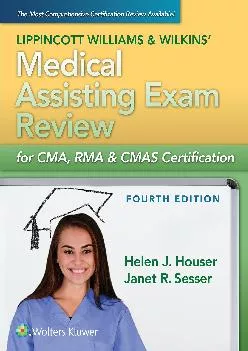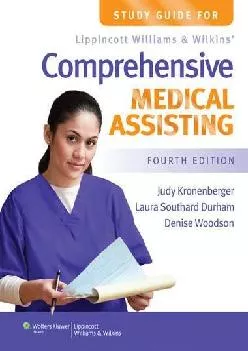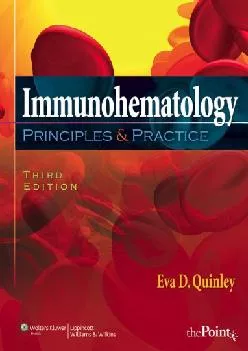PDF-Copyright Lippincott Williams Wilkins Unauthorized reproduction o
Author : genevieve | Published Date : 2022-10-27
Associationofhypermagnesemiaandbloodpressure inthecriticallyill LeoACeli ab DanielJScott b JoonLee bc RachelNelson a SethLAlper a KennethJMukamal a RogerGMark b andJohnDanziger a Althou
Presentation Embed Code
Download Presentation
Download Presentation The PPT/PDF document "Copyright Lippincott Williams Wilkins ..." is the property of its rightful owner. Permission is granted to download and print the materials on this website for personal, non-commercial use only, and to display it on your personal computer provided you do not modify the materials and that you retain all copyright notices contained in the materials. By downloading content from our website, you accept the terms of this agreement.
Copyright Lippincott Williams Wilkins Unauthorized reproduction o: Transcript
Download Rules Of Document
"Copyright Lippincott Williams Wilkins Unauthorized reproduction o"The content belongs to its owner. You may download and print it for personal use, without modification, and keep all copyright notices. By downloading, you agree to these terms.
Related Documents

